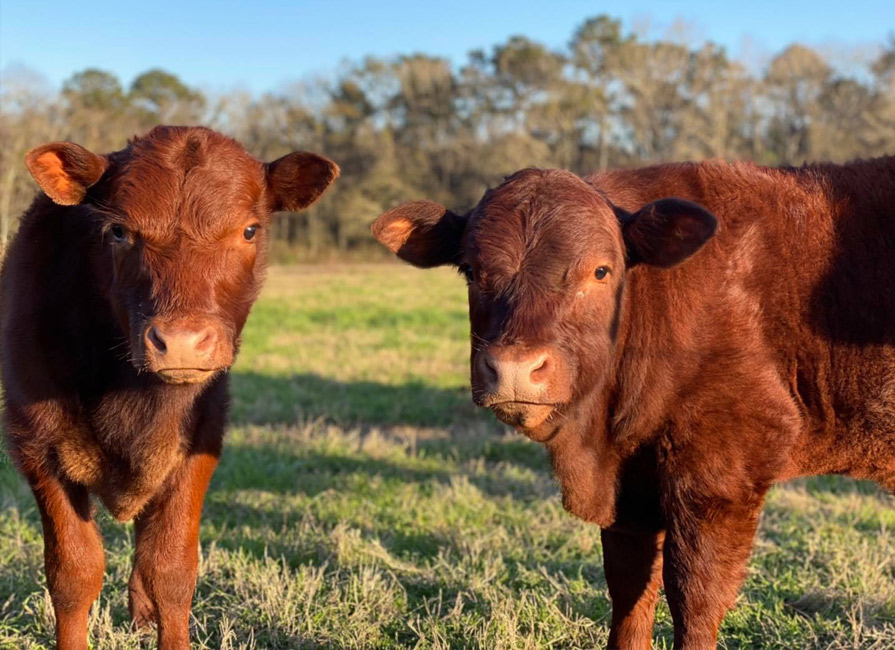One of the key attractions of our Certified Regenerative by AGW program is its practical…

Light And Shade
Heat stress is a serious welfare issue for cattle that can also result in significant decreases in feed intake, milk yield, fertility and weight gain.
The ideal ambient temperature for cattle is between 41°F and 77 °F. Depending on the relative humidity, solar radiation, wind speed, and access to water and diet, cattle can suffer heat stress in temperatures above this range. Signs of heat stress, such as increased respiration rate (greater than 90 breaths per minute), standing versus lying down, and congregating under shade or at water sources, are generally easy to spot. Other signs, such as increased water intake or reduced feed intake, can be subtle and difficult to recognize.
While cattle can tolerate higher temperatures if relative humidity is lower, in some areas of the U.S. where the climate is humid subtropical and prolonged periods of high temperatures and humidity are common, cows cannot dissipate sufficient body heat to prevent a rise in body temperature, which can quickly result in death if left unaddressed.
Controlling the amount of solar radiation that cattle receive is one of the best methods of reducing heat stress. Providing shade is an obvious solution but radiation levels can also be significantly affected by the surrounding vegetation. Dry enclosures with limited to no vegetation, including feed lots and graveled and concrete areas, will reflect more light and heat than thick, grass pastures.
Natural shade
Cattle generally prefer shade from trees rather than constructed structures. Trees are effective at blocking incoming solar radiation, and moisture evaporating from their leaves helps cool surrounding air. Though natural shade is low-cost, it is all too often not where it is needed—and there are other disadvantages. If there are insufficient trees for the number of cattle, they will congregate under the trees, eroding the soil and exposing the roots, which can damage or even kill the trees over time.
In many cases, existing trees are located near riparian areas. If cattle congregate in those areas, there is a risk that off-site runoff of soil and manure into adjacent streams or water bodies could occur. Using strategic plantings can increase natural pasture shade and, with the right varieties, can provide useful shelter in a surprisingly quick timeframe.
Man-made structures
Permanent shade also can be provided by constructing barns or sheds. These are most often provided for dry lots and bull lots, and so do not easily fit with the notion of rotational grazing practices. As with existing trees, permanent shade is not located where it is needed, and it can be costly to build.
Simple designs for low-cost portable shade structures are widely available online, while several companies now sell portable shade in different sizes and designs. As shade placement will affect the animal grazing patterns and forage use, it is therefore important to observe animal traffic patterns and adjust shade locations accordingly for best pasture use.
SUNSCREEN
Cattle should not only have access to grazing and exercise areas but should also be provided with adequate shade and shelter to protect them from climatic extremes. On many farms, this is provided by natural vegetation but in certain situations it may be necessary to provide either temporary or permanent structures.
Article adapted from Farm Health Online. For more information about practical, science-based advice on high-welfare livestock management, visit farmhealthonline.com.
Originally published in the Summer 2022 issue of AGW’s Sustainable Farming magazine.


